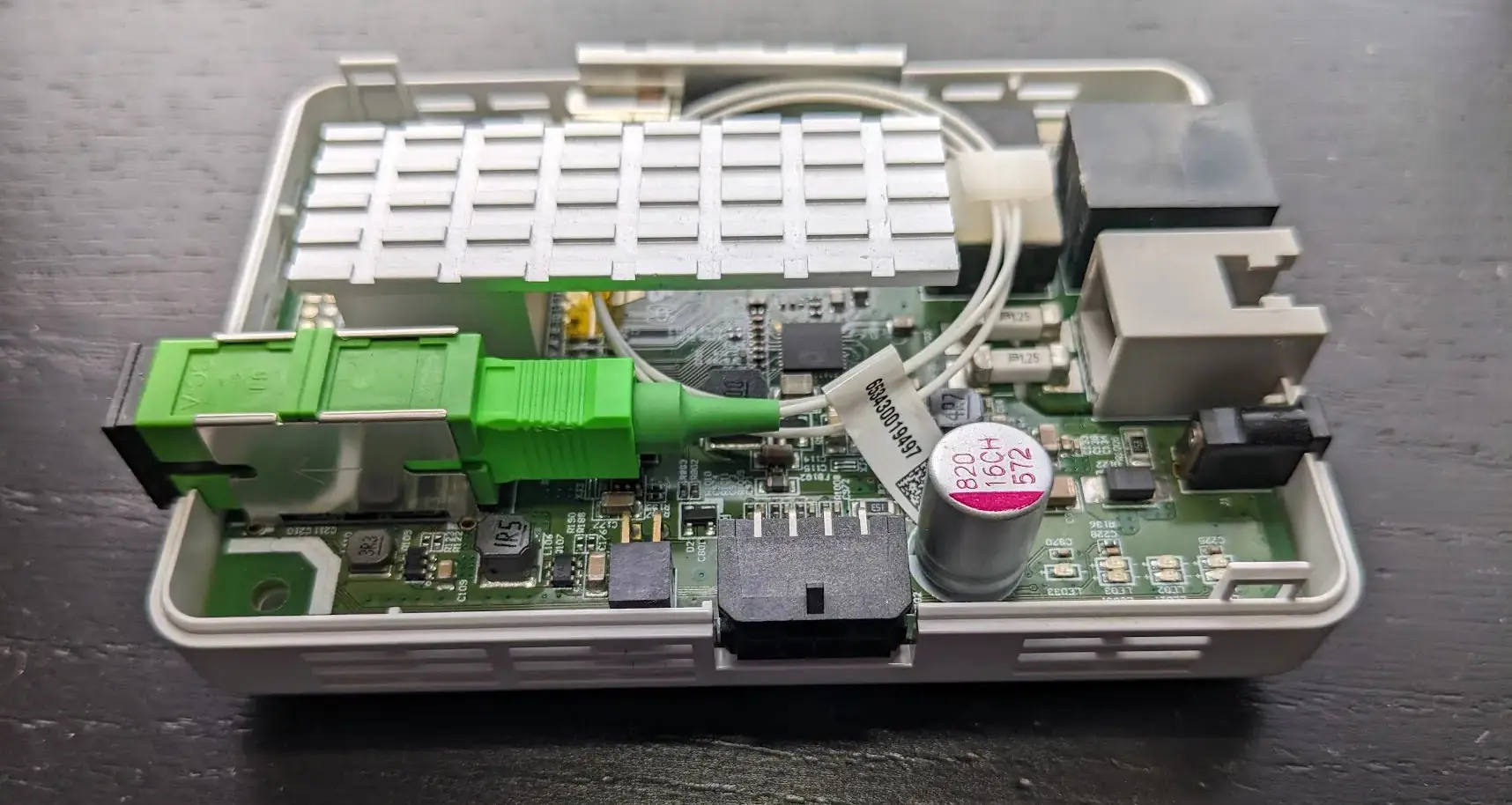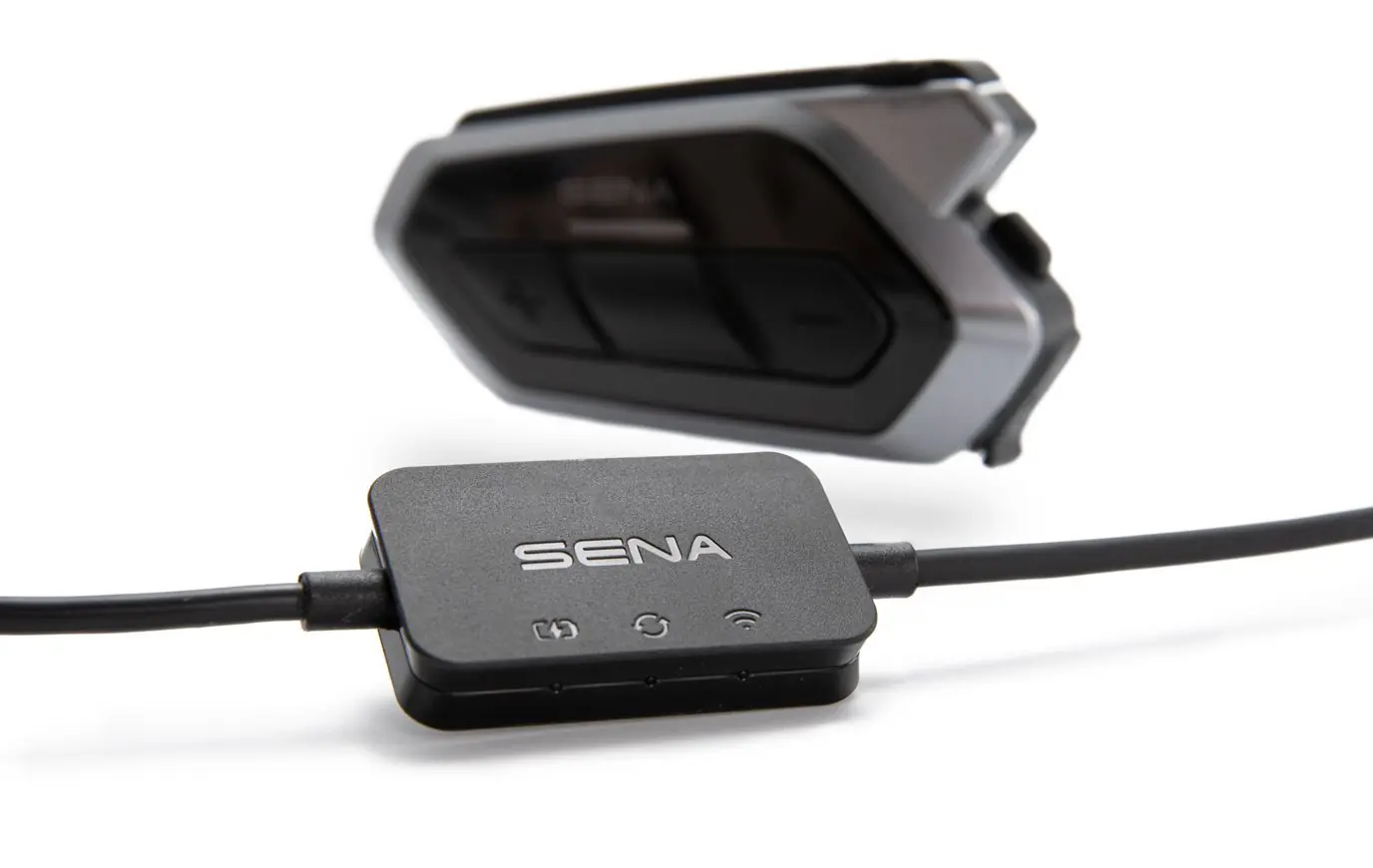Cloudflare WARP Config Generator
A browser-based and CLI tool for generating WireGuard configurations compatible with Cloudflare WARP. The application generates keypairs locally in the browser or CLI, registers them with Cloudflare’s WARP API, and outputs a complete WireGuard configuration file with QR code for easy mobile import. All processing happens client-side with no server-side storage. Configuration options include DNS server selection, MTU adjustment, allowed IPs, and persistent keepalive settings. A command-line shell script is also available for terminal-based workflows. ...




